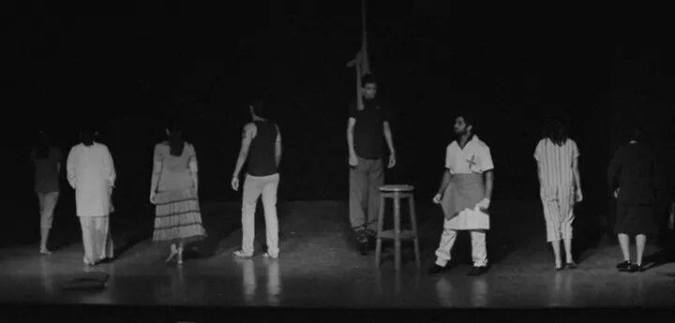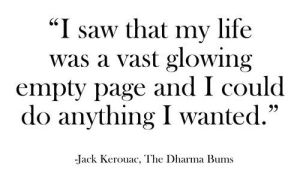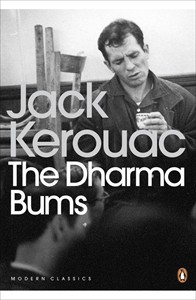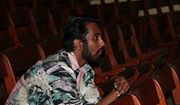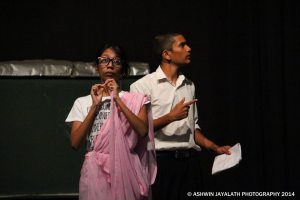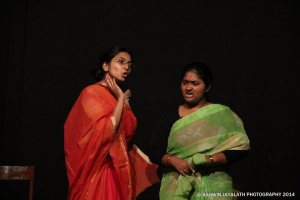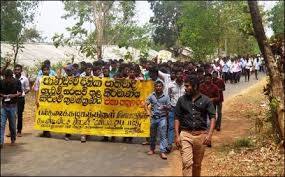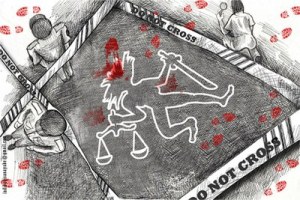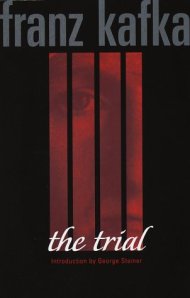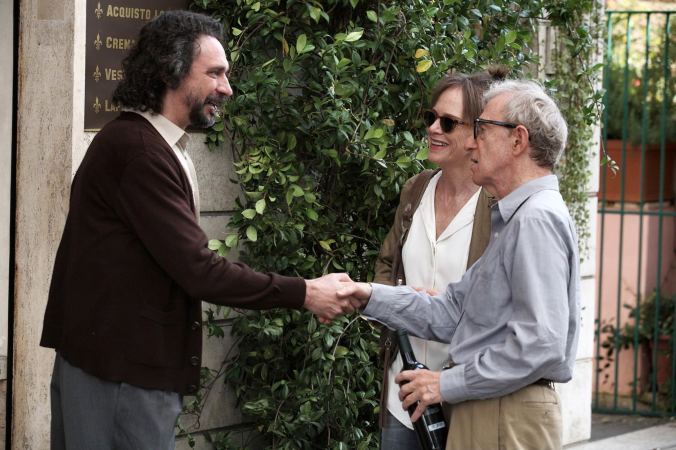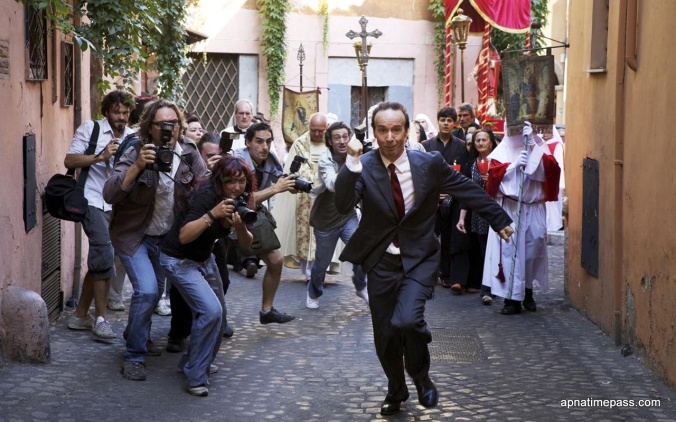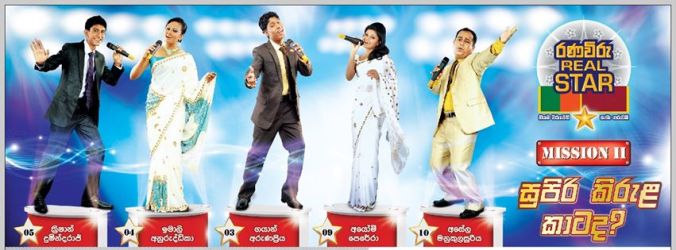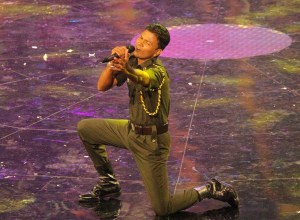DRAMSOC 2014 – the inter-faculty English Drama contest at Peradeniya – was a colossal disaster, given the shoddiness and mediocrity in the performances by the Faculties of Science and Arts, whose lack of application represented 2/3rds of the contest. In an appalling first half of the show, these two Faculties gave us a very clinical display as to why one shouldn’t have been there to Peradeniya’s EOE Pereira Theater that evening, for their performances were utter embarrassments, whatever way one may want to analyze them. Science – who has over the past half a decade developed a knack for slapstick (with which they got lucky last year) – came up with a combined ear and eyesore with a tedious rehash of the Cinderella story, titled “The Substitute”. Of course, the folks laughed, but in this case, it was far from being the best medicine for a bad sense of humour and comedy that didn’t pick up above a very primitive taste and sense of the aesthetic.
Arts came on stage second, and as a Faculty that had dictated terms to the competition over the past decade (winning it on all instances except last year), the expectations were high. Earlier, a lecturer attached to the Faculty had given me a heads up saying that the Arts script was quite enigmatic. If, indeed, it was enigmatic, the enigma failed to translate into action, for what I saw was a badly rehearsed, badly coordinated, badly acted out display of a morality play, much alike “Everyman”: a liturgical dramatization from the Medieval Ages – a play put on to make English peasants feel good about God and to renew their faith in the Almighty. The Arts production was very superficial and naïve, lacking any political or social depth; which can best be summarized as a philistine enterprise from a Faculty that has seen better days (and better plays).
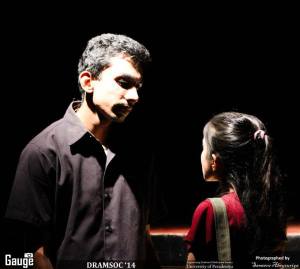
From “The Noose” (Photo by Sameera Abeysuriya. Copyrights acknowledged. Used in this blog for non-commercial purposes)
What was evident in both Science and Arts was that the players seemed not to have a sense of theater, or had had exposure to any serious drama. There seemed to be a lack of understanding as to what was fundamentally expected out of them, as well as a deficiency in reading society and the times, which one can do even as you produce your fairytale or morality play. Science retained a gimmick which they fielded last year – a dressed up pantomime of the Rajapakshe-oriented politic, where Prince Charming was a dimwit in a saatakaya, more preoccupied with toy trains than anything else. But, Arts disappointed at least several of us (which I am sure is as modest as my estimate gets) in the bench on which I was seated, for being a production from a Faculty that is (hypothetically) several notches more exposed to and inter-twined with the Humanities and Social Probe than her counterparts of the day.
The first half of the show can be aptly summed up by a statement made by a fellow seated quite close to me, who, after the interval, observed that it was thoughtful of the Organizers to serve snacks in the middle of the programme and not at the beginning; as, had they done otherwise, we would have puked the food out by the half way stage.
The second half, however, was dominated by a powerful performance by the Faculty of Engineering, who staged “The Noose”: a psychologically-informed, socially-conscious theatrical venture, which was the clear winner of the evening’s proceedings. The plotline covers the story of a young man, who, in order to save the life of his terminally ill sister, goes all out, selling his property and getting into debt. Finally, he even resorts to “dark arts”, where his own daughter is sacrificed in a bidding of blood-for-blood; which, however, doesn’t cure the ill-fated woman. The play ends with the man’s own suicide, where he hangs himself. “The Noose” was in many respects “theater” and manipulated the concept to an aesthetically pleasing advantage. Engineering seemed to have studied the discourse of DRAMSOC quite well, understanding the dramatic thump that was in demand and had maneuvered their energies in coming up with a relatable and palpable script which they could play “within their limits”. Arts, on the other hand, seemed to have a more ambitious undertaking, as the script they invested on was felt to be too heavy for the talent they could muster.
The Engineering Faculty’s “The Noose” comes as the latest of a sequence of socially-conscious and politically perceptive theater with which they have been working over the past several years. In 2013, they staged “The Serpent”, which I felt was a radical intervention with the ultra-nationalist political discourse of Sinhala Buddhist chauvinism. Earlier they had produced “Welikada 71”, dealing with the moral and ethical aspects of Capital Punishment. However, I detect a monotony and repetitiveness in these themes perused by the Engineering drama engine; but, I wouldn’t necessarily call it a drawback, as they seem to be producing the only theater that carries a substance and resonance. After all, what the fuck can one do with the substitute to the Fairy God mother, or a morality play acted in a high school spirit?
While Arts, Science and Engineering rallied to DRAMSOC’s call, their fourth inconsistent but “elite” cousin, the Faculty of Medicine, was a non-participant this year (as well). Medicine, who used to be an award winning performer throughout the competition has been on “medically prescribed rest” more often than not, in the past few years. I am told that their non-aligned policy is owed to internal politics of the Faculty’s studentship (as DRAMSOC is seen as a non-rag / ala activity); but, then, again, I am sure these tensions were there all along all these years, too. One of the judges, Kanchuka Dharmasiri, made a brief note of the absence of Faculties other than the participant three: those categorically and unexceptionally excluded by the Ceylon Drama Society’s (DRAMSOC) Apartheid policy over the past decade or so.
The plays were judged by Kanchuka Dharmasiri, Aslam Marikar and Liyanage Amarakeerthi. Engineering bagged all the main awards, except “Best Costume”, which was won by Arts. The Organizers had a musical item at the end to “fill” either the interval taken by the judges to finalize things, if not to neutralize the cavity left by the missing play. The music, however, looked way out of place – both in song selection, as well as the need to have such an item in the first place – and was anti-climactic in the aftermath of the Engineering Faculty’s performance. The Organizing Committee, was prim and precise in their ties and coats, along with a novel item: a badge they wore pinned to the dress, much akin to what high school prefects and society members wear. Among other things, this latter item reminded us of our high school days, which seemed some way off from our days at University.
